Qusai ibn Kilab ibn Murrah, or Qusayy ibn Kilab ibn Murrah also spelled Qusayy, Kusayy, Kusai, or Cossai, was born Zayd. Orphaned at a young age, he rose to become the chief of Mecca and the leader of the Quraysh tribe. He is best known as an ancestor of the Prophet Muhammad (PBUH), as well as the third and fourth Rashidun Caliphs, Uthman and Ali. His lineage also extends to the Umayyads, Abbasids, and several prominent Hashemite dynasties in the Islamic world.
Background
Qusai’s father, Kilab ibn Murrah, died when he was an infant. According to Islamic tradition, he descended from Ibrahim (Abraham) through his son Ismail (Ishmael). His elder brother, Zuhrah ibn Kilab, was the progenitor of the Banu Zuhrah clan.
After his father’s death, Qusai’s mother, Fatimah bint Sa’d ibn Sayl, remarried Rabi’ah ibn Haram of the Banu Udhrah tribe, who took her to Syria, where she gave birth to another son, Darraj. Meanwhile, Qusai’s uncle, Taym ibn Murrah, remained in Mecca and was a respected member of Quraysh al-Bitah—the Quraysh residing near the Kaaba.
The Ancestors of Qusai ibn Kilab
Fihr ibn Malik, the progenitor of the Quraysh, laid the foundation for their unity and dominance in Mecca. His son, Ghalib ibn Fihr, reinforced the tribe’s strength and influence, while Lu’ayy ibn Ghalib played a crucial role in maintaining tribal customs and unity. Ka’b ibn Lu’ayy further shaped the tribal hierarchy, ensuring the Quraysh’s leadership. Murrah ibn Ka’b acted as a vital link between his predecessors and later influential figures like Qusai ibn Kilab, solidifying the tribe’s legacy and prominence in Mecca.
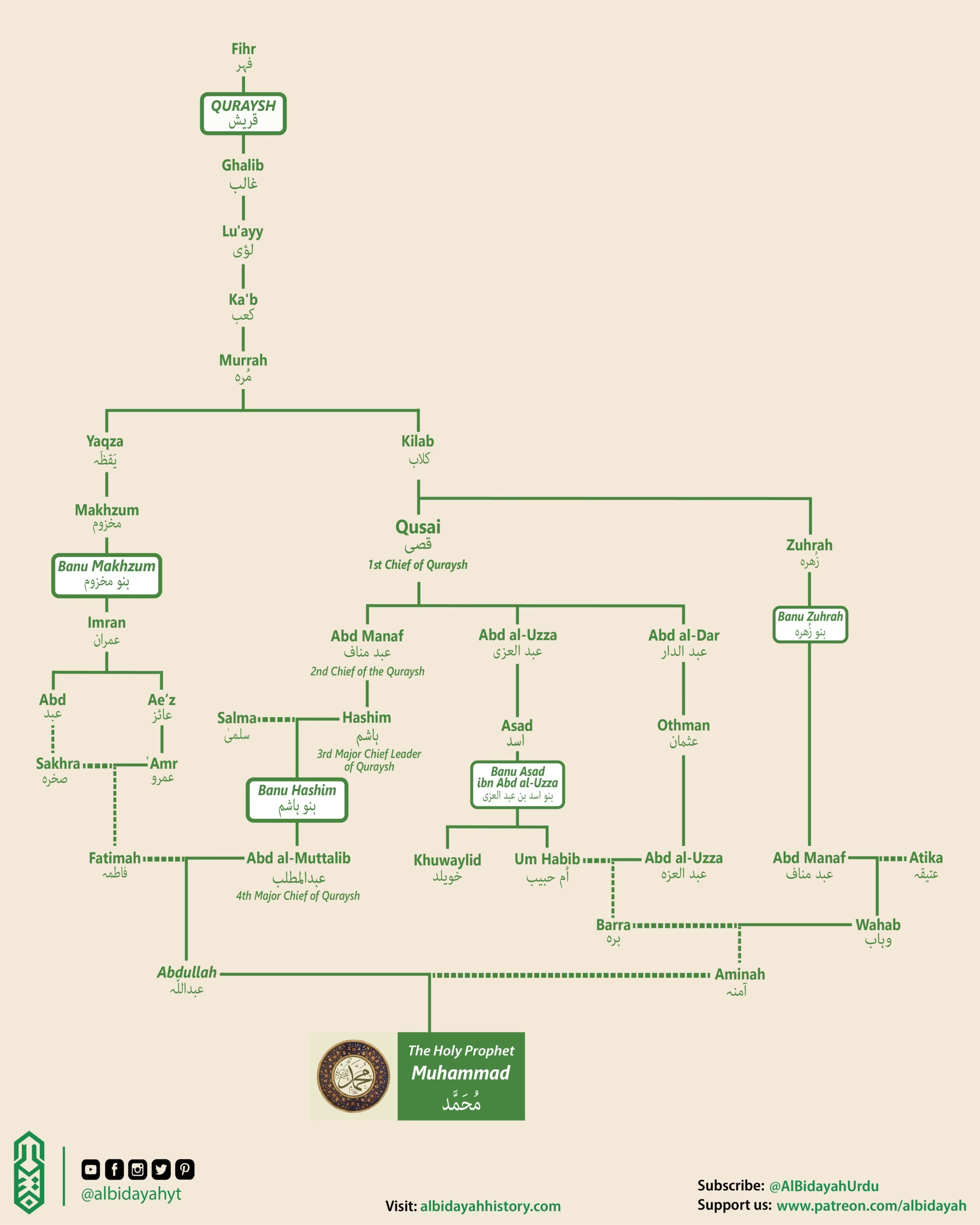
Kilab ibn Murrah: The Father of Qusai
Kilab ibn Murrah was the son of Murrah ibn Ka’b and Hind bint Surayr, both of whom traced their lineage back to Fihr, the progenitor of the Quraysh, and ultimately to Ismail (Ishmael), son of Ibrahim (Abraham). From his father’s second wife, Asma bint Adiy (also known as Hind bint Harithah al-Bariqiyyah) of the Banu Asad, Kilab had two half-brothers: Taym ibn Murrah and Yaqazah ibn Murrah.
He married Fatimah bint Sa’d ibn Sayl, who gave birth to two sons:
- Zuhrah ibn Kilab, the forefather of the Banu Zuhrah clan.
- Qusai ibn Kilab, who became the first Quraysh custodian of the Ka’aba.
After Kilab’s passing, his wife Fatimah remarried Rabi’ah ibn Haram from the Banu Udhrah tribe.
See Also: Murrah ibn Ka’b Family Tree
Life in Syria
Qusai was raised by his stepfather, Rabi’ah, whom he treated as his own father. However, tensions arose between him and the tribe of Rabi’ah, who made it clear that they never truly considered him one of their own. Distressed, he confided in his mother, who revealed his noble lineage:
“O my son, your descent is nobler than theirs. You are the son of Kilab ibn Murrah, and your people live in the proximity of the Holy House in Mecca.”
Inspired by this revelation, Qusai left Syria and returned to Mecca to reclaim his heritage.
Rise to Power in Mecca
At that time, the Banu Khuza‘a tribe controlled Mecca, and its leader, Hulail ibn Hubshiyyah, served as the guardian of the Kaaba. Qusai married Hulail’s daughter, Hubbah, strengthening his position within the city.
Upon Hulail’s death, a dispute arose over who would inherit the guardianship of the Kaaba. While some favored Hulail’s sons, his will had explicitly named Qusai as his successor. After a conflict that ended in arbitration, Qusai secured control over the Kaaba and assumed leadership over Mecca.
Recognizing the importance of unity, he gathered his Quraysh kinsmen, including his brother Zuhrah, his uncle Taym ibn Murrah, and his cousins from Banu Makhzum, Jumah, and Sahm. He settled them around the Kaaba, forming the Quraysh al-Bitah (“Quraysh of the Hollow”), while more distant relatives lived on the outskirts, known as Quraysh az-Zawahir (“Quraysh of the Outskirts”).
Governance and Achievements
Qusai ruled Mecca as a king and undertook several major reforms:
- Rebuilding the Kaaba, which had fallen into disrepair.
- Establishing the House of Assembly, the first town hall in the Arabian Peninsula, where tribal leaders discussed political, social, and economic matters.
- Organizing the administration of pilgrimage, ensuring that visitors to the Kaaba received food and water through a tax-funded system.
- Distributing responsibilities among Quraysh clans, overseeing aspects such as pilgrimage, Kaaba maintenance, tribal warfare, and conflict resolution.
These measures transformed Mecca into a central hub of commerce and pilgrimage, solidifying Qusai’s legacy as a visionary leader.
Qusai ibn Kilab’s Sons and Succession
Qusai ibn Kilab had four prominent sons:
- Abd
- Abd-al-Dar
- Abd Manaf
- Abd-al-Uzza
A defining trait of Qusai’s lineage was that, in each generation, one descendant emerged as the most distinguished leader. Among his sons, Abd Manaf gained widespread respect during his lifetime. However, Qusai initially favored his eldest son, Abd-al-Dar, despite his weaker leadership qualities.
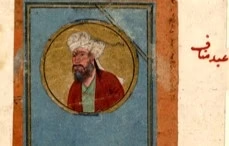
Shortly before his death, Qusai transferred his powers and the House of Assembly to Abd Manaf, ensuring the continuation of his governance.
See Also: Banu Umayya and Banu Hashim Family Tree
Descendents Clans
Several prominent clans descended from Qusai ibn Kilab, forming the major branches of the Quraysh tribe. These clans played crucial roles in pre-Islamic Arabia and the early Islamic era. The key clans include:
Banu Abd Manaf – One of the most influential branches, further divided into:
- Banu Hashim (the clan of Prophet Muhammad)
- Banu Abbas sub-clan of Banu Hashim (the ruling clan of the Abbasid Caliphate)
- Banu Umayya (the ruling clan of the Umayyad Caliphate)
- Banu Muttalib (closely allied with Banu Hashim)
- Banu Nawfal
Banu Abd al-Dar – Initially given custodianship of the Kaaba and key responsibilities in Mecca.
Banu Asad ibn Abd al-Uzza – The clan of Khadijah bint Khuwaylid, First Wife of Prophet Muhammad (PBUH), The Zubayrids branch, which descended from Zubayr ibn al-Awwam, an important member of Banu Asad ibn Abd al-Uzza clan.
Legacy and Descendants
Qusai ibn Kilab’s descendants played a crucial role in Islamic history, with many dynasties tracing their lineage back to him. His progeny included:
- Prophet Muhammad (descendant of Abd Manaf)
- Caliphs Uthman and Ali
- The Umayyad Dynasty
- The Abbasid Dynasty
- Various Hashemite dynasties
Through his leadership, Qusai not only shaped the Quraysh but also laid the foundation for Mecca’s future political and religious significance.

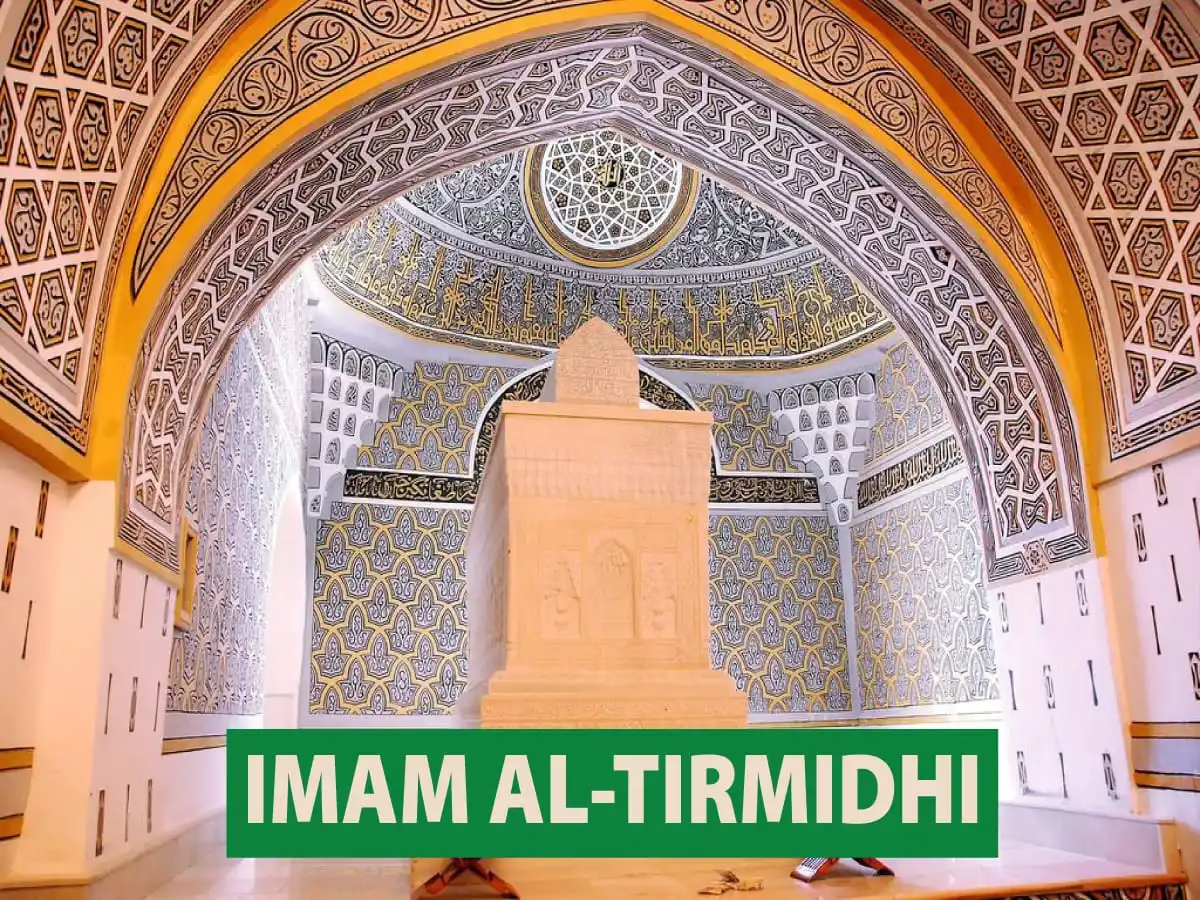
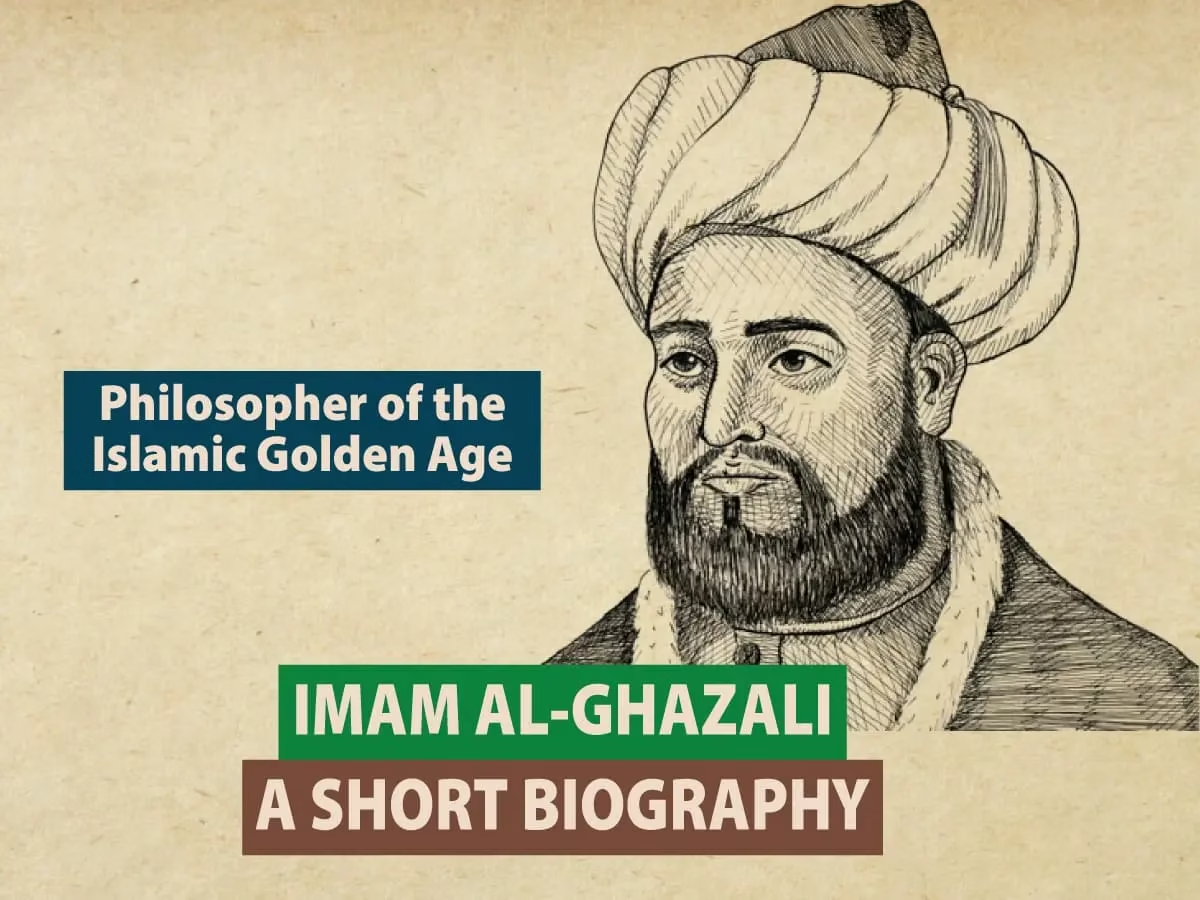
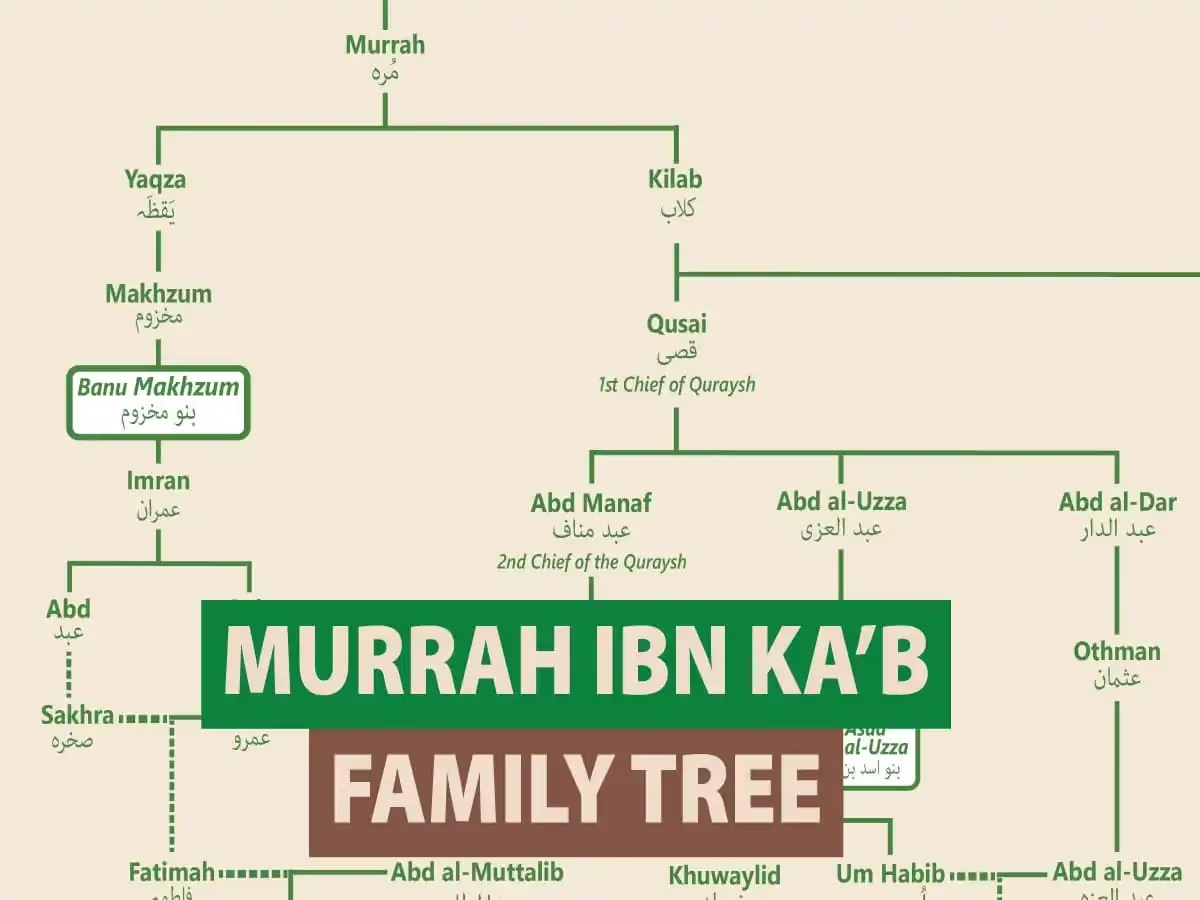
Thank you for this important biography. It is very useful.
Thank you for your kind words! We’re glad to hear you found the biography helpful. Your support encourages us to continue sharing valuable and informative content.